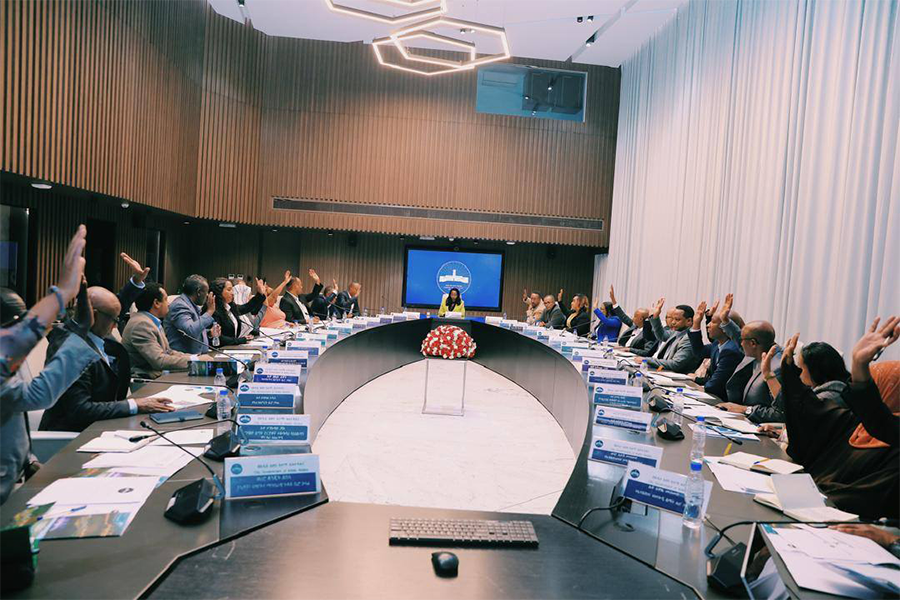
I was fortunate enough to participate in a brainstorming session last week organised by architects and academics. It was hoped to write the story of architecture in Ethiopia by identifying and capturing the building materials, the builders and their skills involved in the construction, and the overall essence of urban living. It was part of the ongoing debate on the politics of preservation and design of spatially just, aesthetic, and livable cities.
Mehmet Murat Ildan, a Turkish writer, once said, "Give me an old house full of memories and, I will give you hundreds of novels.”
It reminds me of King George Bar of Arada, immortalised through the multiple photographs circulating on social media, accompanied by people’s stories of visiting it.
It is rarely brought up that people’s memories of their history are intertwined with the look and feel of their cities. I remember the first day I went to school with a photographic recall, better known as Qes Timihrt Bet, which had a brand new blue-coloured Tesfa Gebre Selassié, Ze Behere Bulga’s letter alphabet, glued to a wooden board.
To get to school, I had to pass by the Italian-inspired main office of the Health Ministry. On the way, there are churches, with their cathedral architecture. Yet, our walk on the way to Lideta Mariam, in the Lideta district, was unique. It was because of the sight of a nearby house, whose view was garnished with the taste of the vine raisins my mother used to buy for me from the women roadside sellers.
As I progressed to the higher grades in school, it was normal among us to bring glossy magazines during our semester exams. Through the years, mine mainly were city guides for New York with images of its high rise buildings, a stark contrast to the look of Addis Abeba, then and now.
Today, it is with nostalgia that I pass by recognisable parts of the city, from Seba Dereja to Yekatit 12 Hospital, as it was my walking route to college, distraught by what I used to view as “old”, being completely ignorant of the historic element involved with them.
What is unique about architectural preservation is that big international institutions are most vocal about them. Sometimes, it is also individuals like Fasil Ghiorgis (Prof). Thanks to his continued public awareness-raising, he has brought about a different way of seeing what is “old” as historical. He is the paladin with a prominent voice amidst the rallying cry for historic building conservation.
Many historical sites in Addis Abeba have still not been lucky, though. They have perished despite calls from architects and heritage preservation advocates. They are continuously faced with similarly overwhelming odds, say, financial institutions looking to erect skyscrapers, no matter how voluminously rebounding the emotional shock.
However, sometimes it made some difference, with the kinds of landmarks as Bego Adragot, built during the Italian occupation, and Ethiopia Hotel, the destination for delegates during the Organisation of African Unity summits, being symbolic of the endless debate of preservation. The likes of the buildings that house Lion Pharmacy and Neon Addis on Mahatma Gandhi Street in Piassa have been spared demolition for now. The building of Addis Abeba University’s School of Commerce does not seem to be as lucky.
Worried by the changing architectural landscape and the preservation of our past, even though some of them are eliminated without traces, apart from making preservation advocacy louder, there are commendable attempts to institutionalise and formalise the means of how these buildings are conserved.
Even the wisdom of making tents, which has always been significant in our country's spatiotemporal context, needs to be preserved. Most agree that Ethiopia’s history has not always been cheery. But it is history and knowledge and needs to be recognised. This does not mean that no new history needs to be written in Addis Abeba’s urban landscape, but there is no reason that this should be carried out by destroying historic buildings when there is still much land that remains undeveloped.
PUBLISHED ON
Aug 07,2021 [ VOL
22 , NO
1110]


Sunday with Eden | Dec 07,2024

Radar | Jul 09,2022

Radar | Jan 01,2022
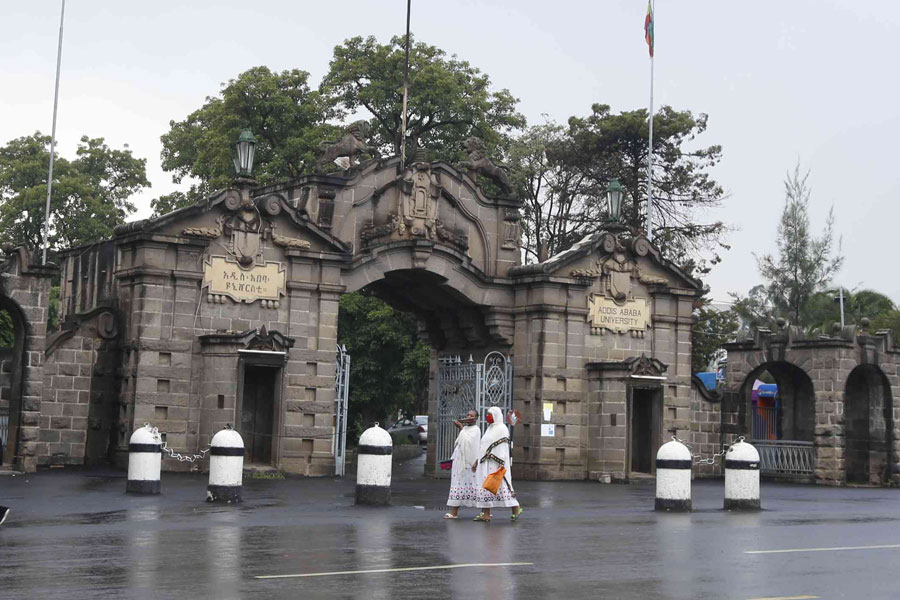
Agenda | Oct 06,2024

Fortune News | Nov 27,2018

Fortune News | Dec 27,2018
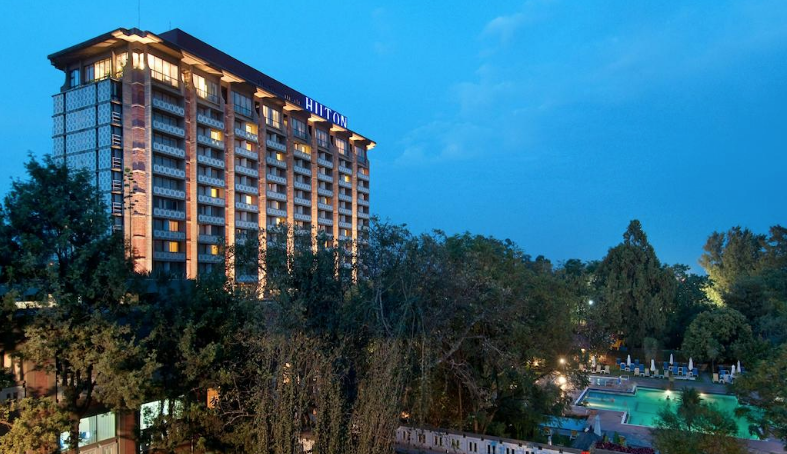
Fortune News | May 04,2019
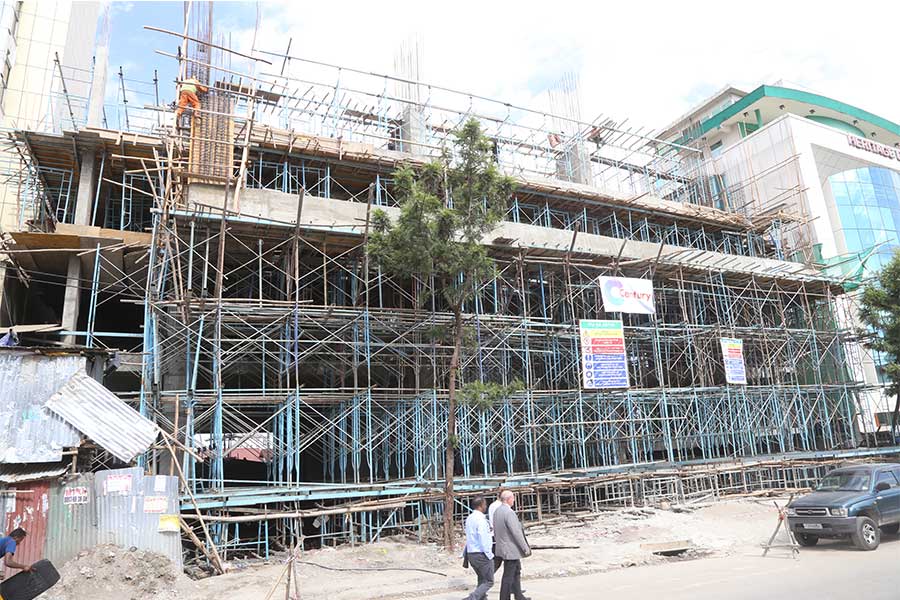
Radar | Dec 07,2019
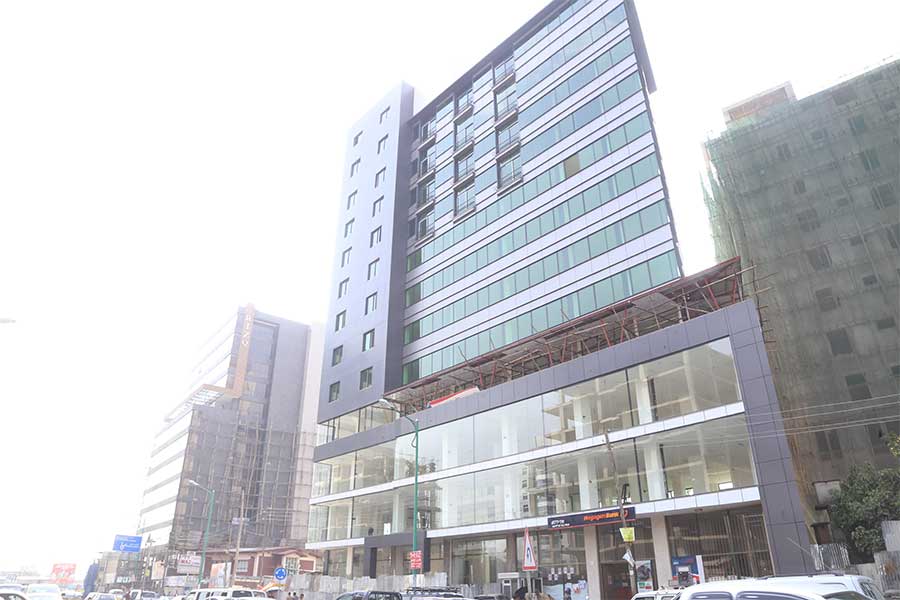
Featured | Jan 05,2020

Radar | Oct 31,2020

Dec 22 , 2024 . By TIZITA SHEWAFERAW
Charged with transforming colossal state-owned enterprises into modern and competitiv...

Aug 18 , 2024 . By AKSAH ITALO
Although predictable Yonas Zerihun's job in the ride-hailing service is not immune to...

Jul 28 , 2024 . By TIZITA SHEWAFERAW
Unhabitual, perhaps too many, Samuel Gebreyohannes, 38, used to occasionally enjoy a couple of beers at breakfast. However, he recently swit...

Jul 13 , 2024 . By AKSAH ITALO
Investors who rely on tractors, trucks, and field vehicles for commuting, transporting commodities, and f...

Jun 28 , 2025
Meseret Damtie, the assertive auditor general, has never been shy about naming names...

Jun 21 , 2025
A well-worn adage says, “Budget is not destiny, but it is direction.” Examining t...

Jun 14 , 2025
Yet again, the Horn of Africa is bracing for trouble. A region already frayed by wars...

Jun 7 , 2025
Few promises shine brighter in Addis Abeba than the pledge of a roof for every family...